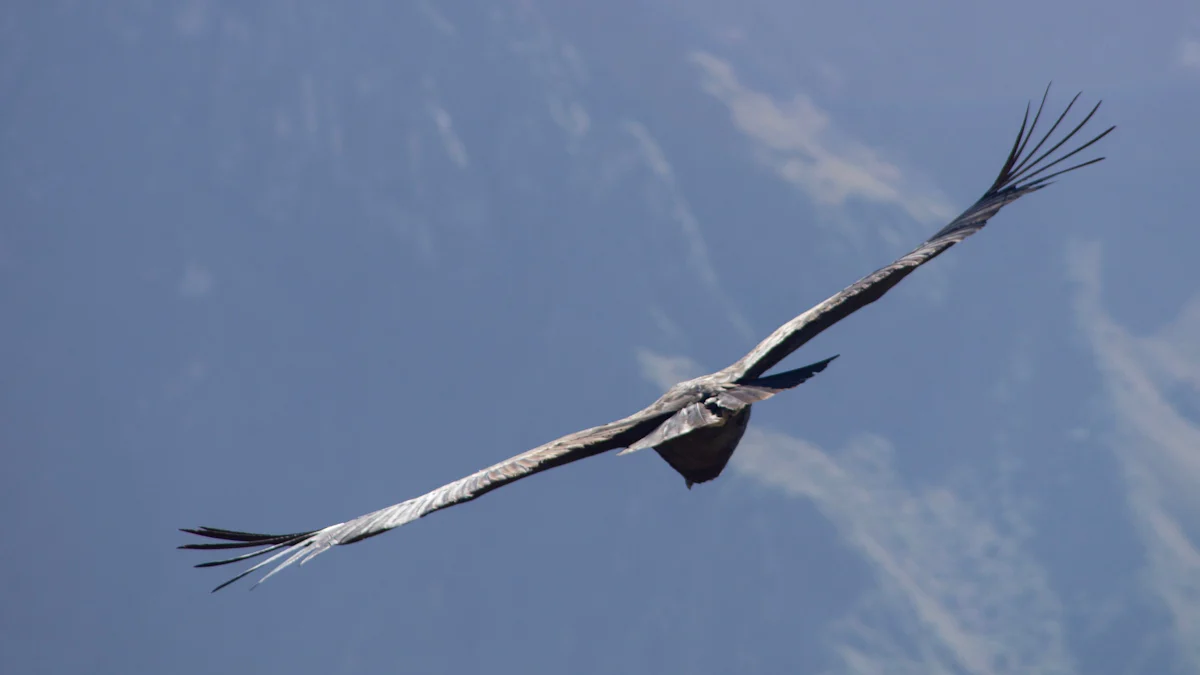
Wingspan measures the distance from one wingtip to the other when a bird spreads its wings. This measurement holds great significance in avian studies. A larger wingspan often indicates better flight efficiency and adaptability. Birds with impressive wingspans include the wandering albatross, which boasts the largest wingspan among living birds. Understanding the largest wingspan helps researchers study bird flight mechanics and behavior.
Understanding Wingspan
Definition and Measurement
How wingspan is measured
Wingspan measures the distance from the tip of one wing to the tip of the other when the wings are fully extended. Researchers use various methods to measure wingspan accurately. One common method involves tracing the outline of a bird's wing on grid paper. Another method uses a planimeter, a device that measures the area enclosed by a shape. These measurements help calculate the total wing area, which includes both wings and the intervening portion of the body known as the 'root box.' The root box is estimated from the wing width at the base and the difference between the wingspan and twice the extent of a single wing.
Importance of wingspan in bird flight and behavior
Wingspan plays a crucial role in bird flight and behavior. Larger wings provide more surface area, acting as an airfoil to generate lift. This lift is essential for flight, especially for larger and heavier birds. Birds with longer wings can glide more efficiently, conserving energy during long-distance flights. A larger wingspan also allows birds to navigate through different environments, from open oceans to dense forests. Understanding wingspan helps researchers study how birds adapt to their habitats and how they manage energy during flight.
Factors Influencing Wingspan
Evolutionary adaptations
Evolutionary adaptations significantly influence wingspan. Birds have evolved different wing shapes and sizes to suit their lifestyles and environments. For example, albatrosses have long, narrow wings that allow them to soar over vast ocean distances with minimal effort. In contrast, birds of prey like eagles have broad wings that provide the maneuverability needed for hunting. The shape and size of a bird's wings reflect its evolutionary history and ecological niche.
Environmental factors
Environmental factors also play a role in determining wingspan. Birds living in open areas, such as oceans or grasslands, often have longer wings to help them glide and conserve energy. In contrast, birds in forested areas may have shorter wings for better maneuverability among trees. Climate change can also impact wingspan. Some studies suggest that a warming world could lead to smaller birds with longer wings. These changes in wing length are likely linked to flight adaptations necessary for survival in changing environments.
Birds with the Largest Wingspans
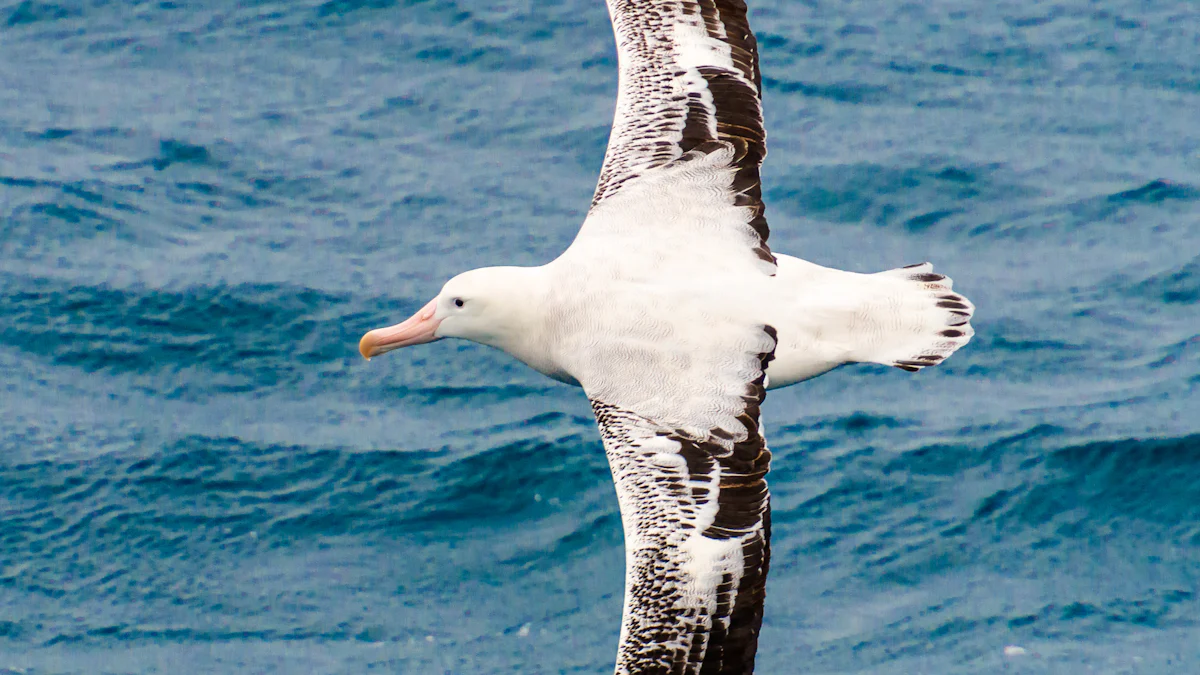
Wandering Albatross

Description and habitat
The wandering albatross, known for its impressive wingspan, inhabits the Southern Ocean. This bird features white plumage with black wingtips. The wandering albatross prefers open ocean environments, often seen gliding over vast stretches of water. These birds nest on remote islands, where they form large colonies.
Record wingspan measurements
The wandering albatross holds the record for the largest wingspan among living birds. Measurements show that some individuals reach up to 11.9 feet (3.63 meters). This extensive wingspan allows the bird to soar effortlessly over long distances.
Flight patterns and behavior
The wandering albatross exhibits unique flight patterns. This bird uses dynamic soaring, a technique that leverages wind gradients above the ocean's surface. This method conserves energy, enabling the bird to travel thousands of miles without flapping its wings. The wandering albatross also displays monogamous behavior, forming lifelong pairs.
Great White Pelican

Description and habitat
The great white pelican, another bird with a large wingspan, resides in wetlands and shallow lakes. This bird has a distinctive white body with a pinkish hue and a long, yellow bill. The great white pelican thrives in regions across Africa, Europe, and Asia.
Record wingspan measurements
The great white pelican boasts a wingspan that can reach up to 12 feet (3.6 meters). This measurement places the bird among those with the largest wingspans. The expansive wings aid in efficient flight and hunting.
Flight patterns and behavior
Great white pelicans exhibit coordinated flight patterns. These birds often fly in V-formations, reducing air resistance and conserving energy. The great white pelican also engages in cooperative fishing, where groups work together to herd fish into shallow waters for easier capture.
Other Notable Birds
Andean Condor
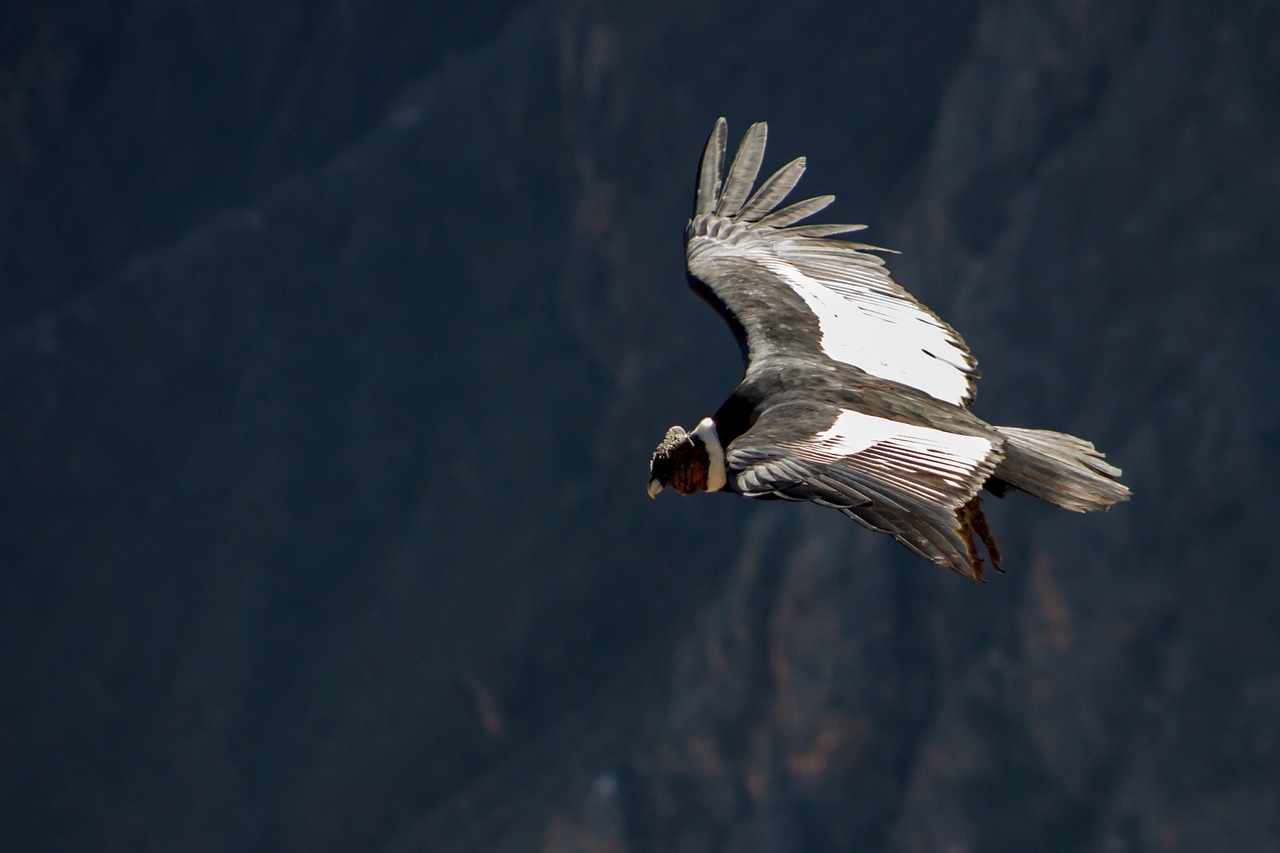
The Andean condor, a bird native to South America, features a wingspan of about 10.5 feet (3.2 meters). This bird inhabits mountainous regions and relies on thermal currents for soaring. The Andean condor plays a crucial role in its ecosystem as a scavenger.
Marabou Stork
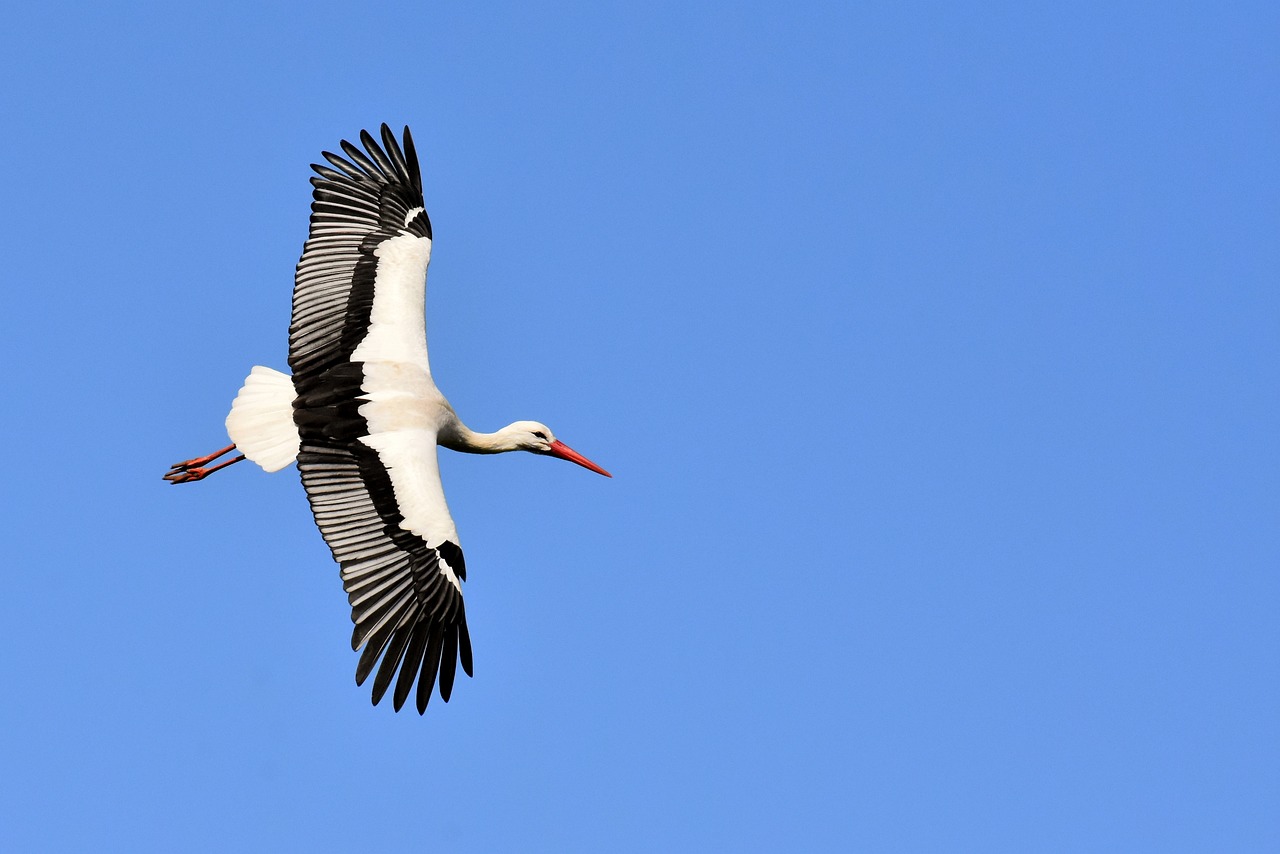
The marabou stork, found in sub-Saharan Africa, has a wingspan reaching up to 10.5 feet (3.2 meters). This bird prefers wetlands and savannas. The marabou stork is known for its scavenging habits, often seen near human settlements.
Dalmatian Pelican
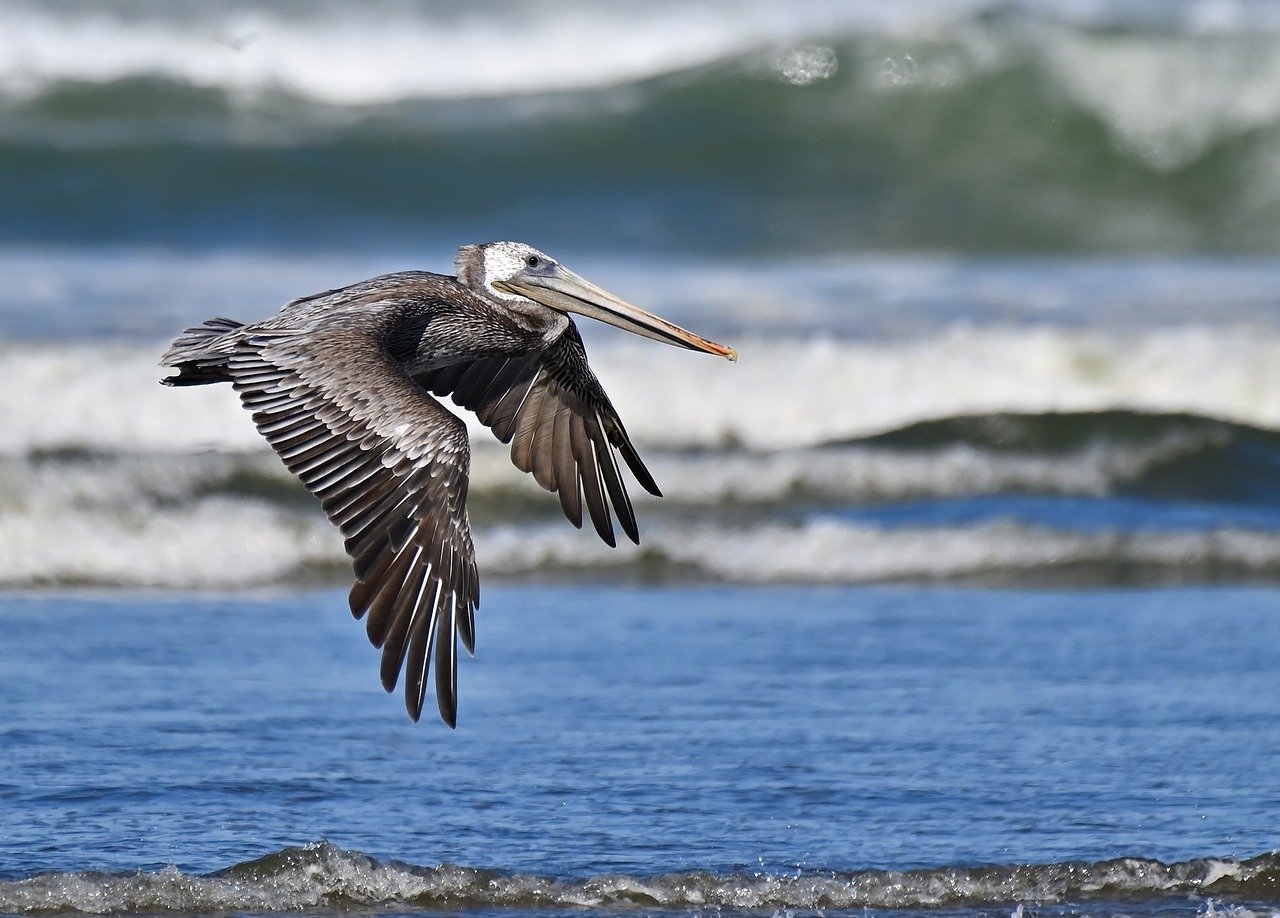
The Dalmatian pelican, one of the largest freshwater birds, features a wingspan of around 10.5 feet (3.2 meters). This bird inhabits lakes, rivers, and deltas in Europe and Asia. The Dalmatian pelican uses its large wings to glide gracefully over water bodies while searching for fish.
Significance of Large Wingspans
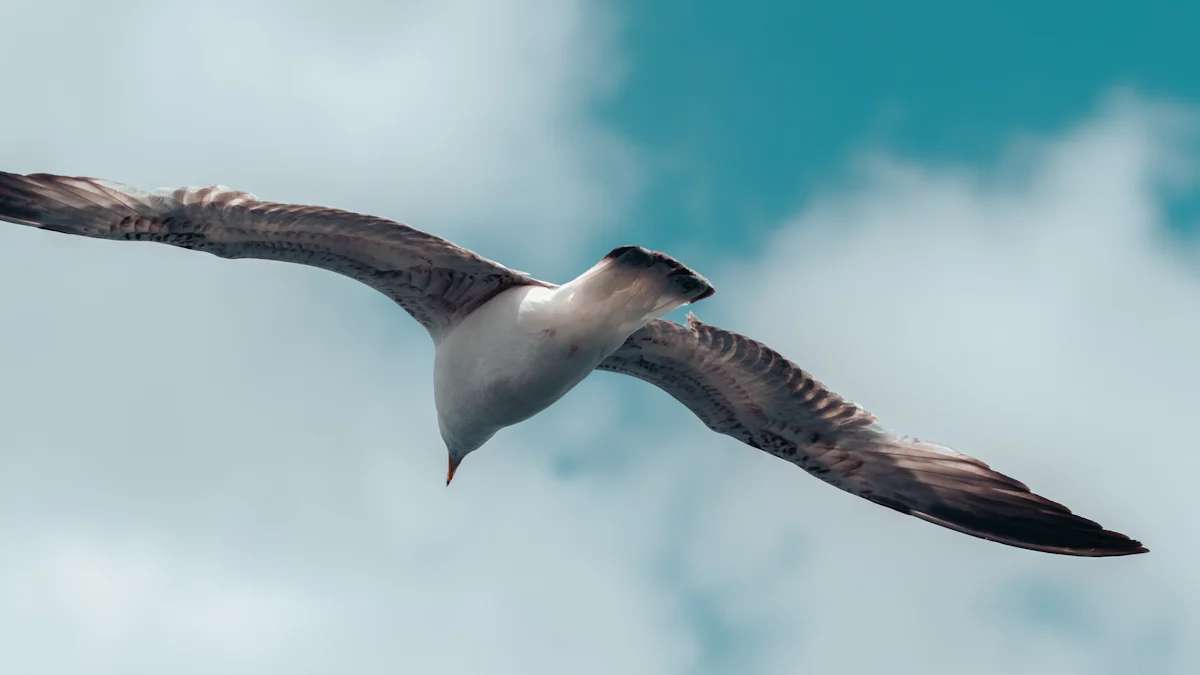
Advantages in Flight
Energy efficiency
Birds with large wingspans benefit from greater energy efficiency. Larger wings provide more lift, which reduces the need for constant flapping. This allows birds to conserve energy during flight. For example, the wandering albatross can glide over the ocean for hours without expending much energy. This energy conservation is crucial for survival, especially during long migrations.
Long-distance travel
Large wingspans also facilitate long-distance travel. Birds with extensive wings can cover vast distances with minimal effort. The ability to fly long distances helps birds find food, migrate between breeding and feeding grounds, and escape harsh weather conditions. The great white pelican, with its impressive wingspan, can travel hundreds of miles in search of fish-rich waters. This capability ensures access to resources necessary for survival.
Ecological Impact
Role in ecosystems
Birds with large wingspans play significant roles in their ecosystems. These birds often occupy top positions in the food chain. The Andean condor, for instance, acts as a scavenger, cleaning up carcasses and preventing the spread of disease. The presence of these birds indicates a healthy ecosystem. Their activities contribute to nutrient cycling and environmental balance.
Conservation status
The conservation status of birds with large wingspans often reflects broader environmental health. Many of these birds face threats from habitat loss, climate change, and human activities. Conservation efforts aim to protect these species and their habitats. For example, the wandering albatross faces threats from longline fishing, which can lead to accidental bycatch. Conservation programs work to mitigate these threats and ensure the survival of these majestic birds.
Birds with the largest wingspans include the wandering albatross, great white pelican, Andean condor, marabou stork, and Dalmatian pelican. Understanding wingspan helps researchers study bird flight mechanics and behavior. Wingspan influences flight efficiency, maneuverability, and ecological roles. Conservation efforts must address threats like habitat destruction and pollution. Audubon's framework uses tracking data to protect migratory birds. Climate change impacts bird populations, causing size declines and wing length increases. Conservation programs aim to reverse declining bird populations through science-informed efforts. Protecting these majestic birds ensures ecological balance and biodiversity.
To learn more about these marvels of nature, be sure to check out HIXX-blog-list. Staying informed and engaged is the first step towards effective conservation of these majestic species and the ecosystems they inhabit.













